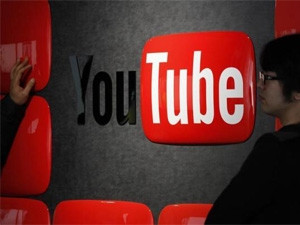
YouTube is the most popular video site in SA, attracting views from more than 4.5 million users every month, or 36% of the country's online population.
For that reason, every major brand should claim a channel for itself on YouTube and work to grow and retain the audience it attracts to this valuable piece of social media real estate.
That is the view of Michael Walker, search and analytics director at digital consultancy firm, 25AM, who points out that a branded channel on YouTube gives a business the freedom to choose visuals and artwork that reflect its brand story and identity.
According to Walker, South African marketers should not be concerned about bandwidth speed and cost when considering a YouTube channel.
"This is becoming less and less of a concern, as speeds are constantly improving, for example, mobile network speeds doubled in 2013 and with YouTube, local data centres are caching a lot of the top content, making it a very viable marketing medium."
He points out that YouTube has an edge over traditional advertising platforms like television and radio in that it has the track-ability of each and every view. "In addition, the cost effective ease of getting mass or niche audience reach, depending on your objectives, is advantageous.
"Finally, what excites us is the fact that it is a lean-forward medium with the added impact of being able to have non-linear or even sequential creative messaging. This makes it very exciting particularly from an execution perspective," Walker says.
He also notes that South Africans access YouTube on PCs and mobile devices alike. "These days, it's across both devices with strong skews towards mobile consumption after hours or during non-work hours.
"Interestingly, there is also a dual screen effect where users are consuming YouTube while watching TV. Weekend patterns are predominantly coming from mobile and tablet devices," he adds.
"Some of the main challenges that we see businesses face are how they fit YouTube within their existing marketing mix and overall social media strategies. Additional challenges are creating and curating relevant content, as this is often seen as a major compared to creating a TV advert, yet it doesn't have to be. We are seeing that this can be reduced by being more agile and using less traditional means to produce the content."
He believes that the easiest method is to ensure that the channel is linked from all other business properties so that users can find it more easily.
Businesses need to push content to the user with a strong call to action to subscribe to the channel, Walker urges, adding that there needs to be a good content strategy behind the channel to ensure consistent customer engagement post subscribing.
This will also help ensure users return to the channel, enjoy the experience and ultimately share the content and promote the channel in their own social circles as a result, he concludes.
Share